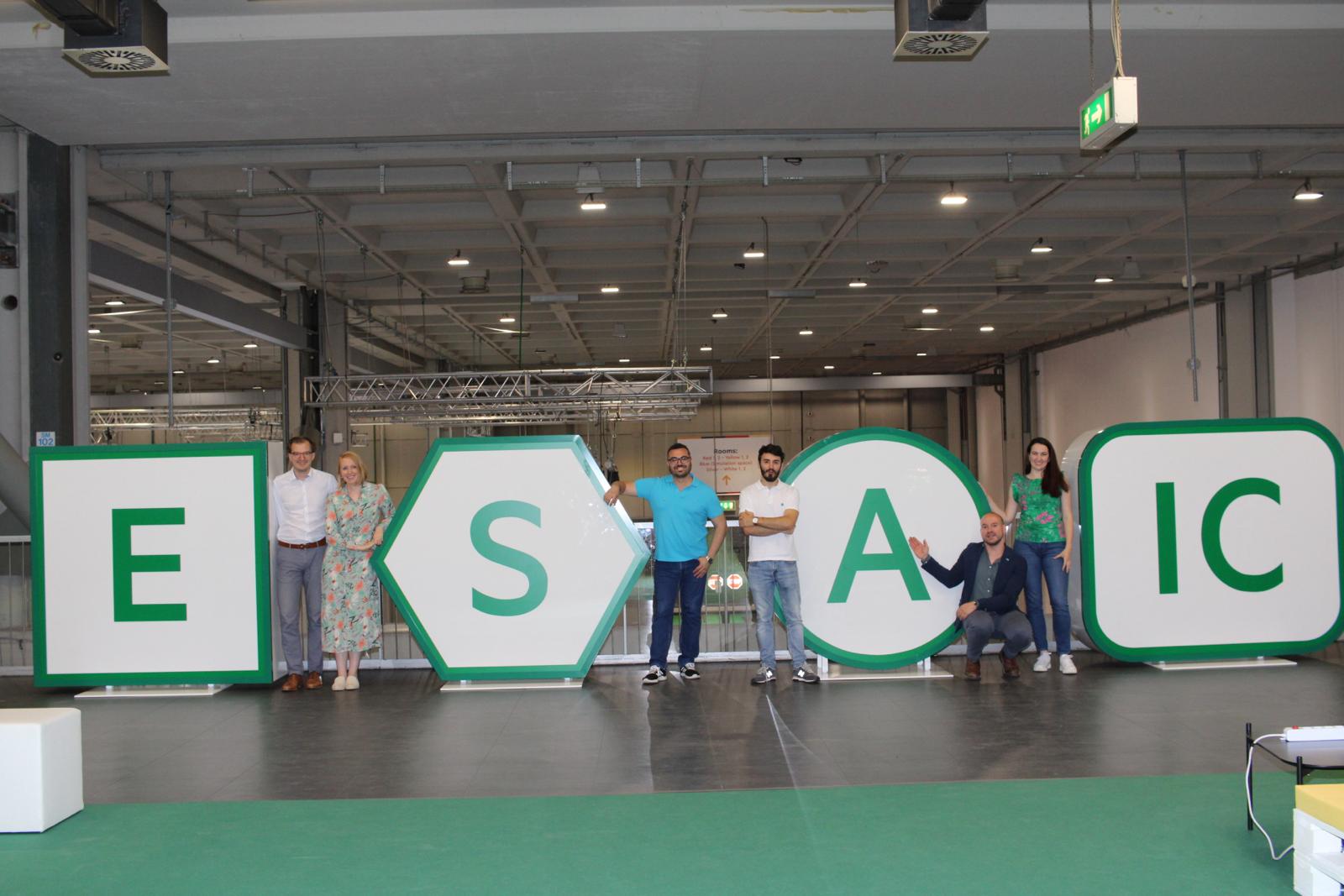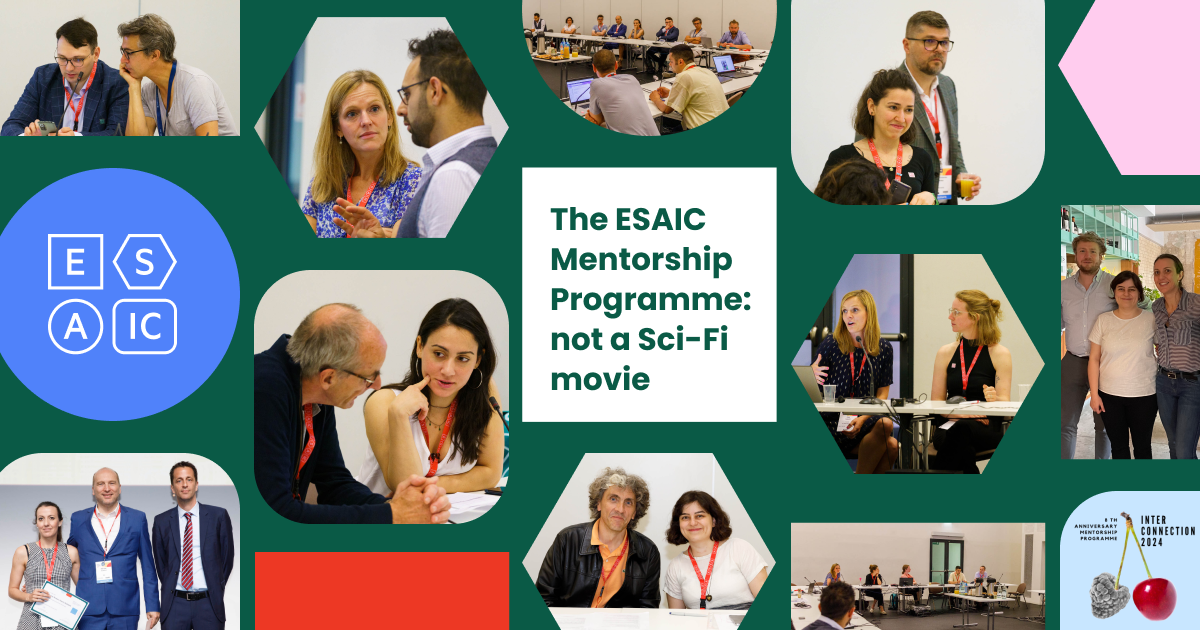ESAIC News
EA20 Newsletter: Session 16PD2: What does it mean “WELLBEING” for a trainee?
Monday 30 November, 1400-1500H, Channel 1
This three-part session on Monday afternoon addresses wellbeing for trainees, with the first talk by Dr Sally El-Ghazali, Immediate Past Chair of the Association of Anaesthetists Trainee Committee, based in London, UK.
She will give a short background to the Association of Anaesthetists, a membership organisation with over 10000 members mainly based in Great Britain and Ireland but also from Europe and across the world. The Association of Anaesthetists Trainee Committee represents the views of 3500 anaesthetic trainee members and provides a voice for all trainee anaesthetists.
“Our aim is to improve anaesthetic training, promote best practice, and champion the importance of workplace wellbeing,” explains Dr El-Ghazali. ”We are at the forefront of tackling topical issues affecting trainee wellbeing such as fatigue, burnout and bullying and have developed campaigns such as #FightFatigue and #KnockItOut to highlight the issues and promote better practice.”
She will explain how the committee also helped develop schemes such as the mentoring programmes that trainee members can access, which provide an informal and confidential environment where opportunities, dilemmas and problems can be addressed and discussed. She concludes: “This presentation gives delegates a brief overview about some of the work the Association and the Trainee Committee have been doing on the wellbeing front on behalf of trainees. The session and the upcoming discussions will be an opportunity for us all to learn from each other and discuss how anaesthetic trainee groups across Europe can work collaboratively on wellbeing projects for the benefit of all trainees.”
The second presentation will be given by Prof Sibylle Kietaibl (head of anaesthesiology and intensive care medicine at the Evangelical Hospital, Vienna, Austria) on “Trainee wellbeing and the new European training requirements”.
The European Training Requirements (ETR) in Anaesthesiology aims at EU-wide mobility of specialists by harmonising training. Aside from state-of-the-art content (including ESAIC guidelines) for progressing to a good and fully trained clinician, the ETR may increase trainees‘ wellbeing: the competence-based training curriculum focusses on the individual trainee, not on case counts.
“The ETR requires peers, supporting trainees with help, assessment, and feedback during the acquisition of skills and attitudes,“ explains Prof Kietaibl. The individual trainee masters his/her progress through the curriculum. The ETR may thus empower individuals‘ resilience by including a tool-box of learning objectives related to, for example, effective communication and stress management. In addition, the ETR may sensitize systems (departments, hospitals, society) for optimising modifiable external components of occupational stressors.
She will discuss how cultivating a climate promoting staff satisfaction and health-related quality of life is a win-win-win situation: for doctors (higher emotional health, vitality, social functioning, problem-solving coping skills, less physical complaints, like fatigue, burnout), for patient safety, and for the system (less absenteeism, higher productivity, revenue, recruitment). Trainees may use ETR implementation as a selection criterion among teaching hospitals; quality indicators may include systematic trainees‘ feedback, for example on assessment load, protected training time, trainer availability, and activities during personal time.
Also in this session, Dr Francisco Ribeiro Mourão (Santa Luzia Hospital, Viana do Castelo, Portugal) will give a presentation on European Junior Doctors (EJD), a European Medical Organisation that he is part of and that represents junior doctors all around Europe through its national member organisations.
“We are safeguarding the interests of approximately 300,000 junior doctors all around Europe. During this talk, you will get to know about the research and political work we have been developing in recent years and to learn about what we do for junior doctors on our 4 key pillars: postgraduate training, medical workforce and free movement, digital health and European cooperation.”
Dr Ribeiro Mourão will specifically address why doctors move and how this can affect their wellbeing; and also discuss working less than full time during postgraduate training and how this can impact on junior doctors’ current needs and future perspectives.
He will also detail on the work developed by EJD on the topic of burnout and the results of their research – the recurring themes, contributing factors and what can be done to find solutions for this growing problem.
Read More of our special newsletter covering our virtual congress
Visit our COVID-19 Resource Hub for other news and resources.











